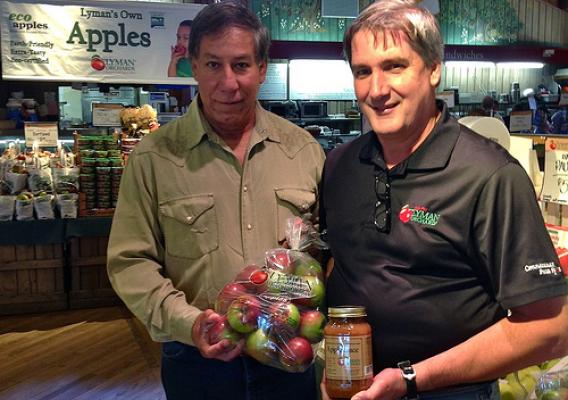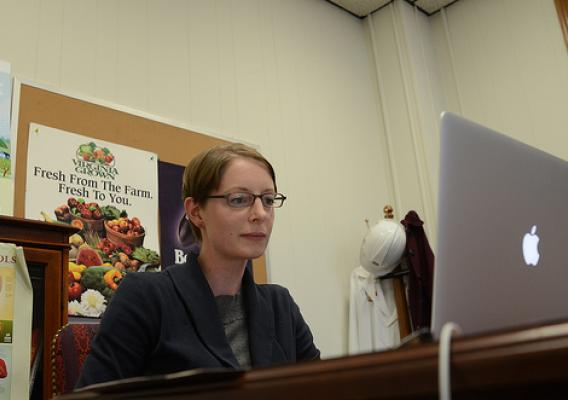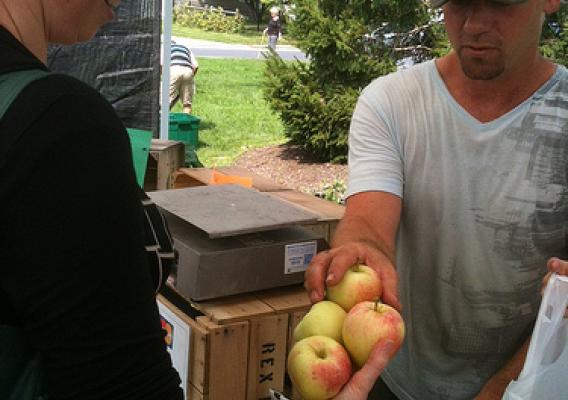Young toddlers and children crowded the tents, shuffling and giggling, as they waited for their parents to purchase produce for the family. The Arlington Farmers’ Market was filled with customers who participate in the Women, Infants and Children program (WIC) and farmers who were excited to cater to the enormous turn out. Well over 200 families came out in the mid-morning heat of Texas to receive their Farmers’ Market Nutrition Program (FMNP) vouchers.
Through the FMNP, WIC participants are able to access locally grown fruits, vegetables, and herbs that promote the well being and health of themselves and/or their children. Just last year in 2011, 1.9 million WIC participants received FMNP benefits, which, when redeemed, surpassed 16.4 million dollars in total revenue for participating farmers and farmer’s markets.
On hand this day were Ann Salyer-Caldwell, Tarrant County WIC Director, Sam Varela, the FMNP State Director of Texas Department of Agriculture, Kay Dillard, the Director of the Tarrant Area Food Bank, Dorothy “Toni” Savage-Oakford, a community health worker with the Tarrant County Health Department, and Samantha Swain, the local FMNP Coordinator.







